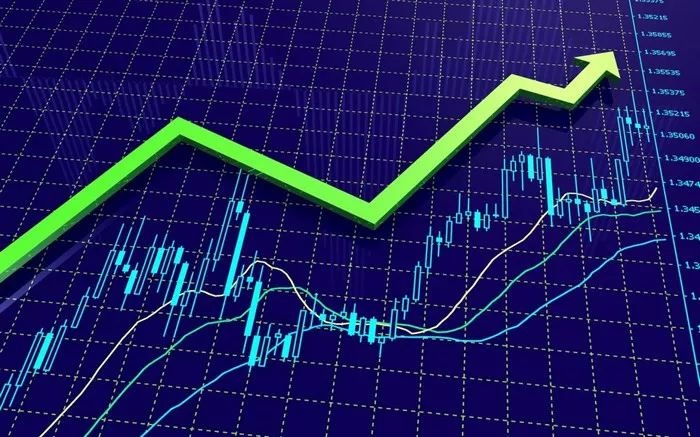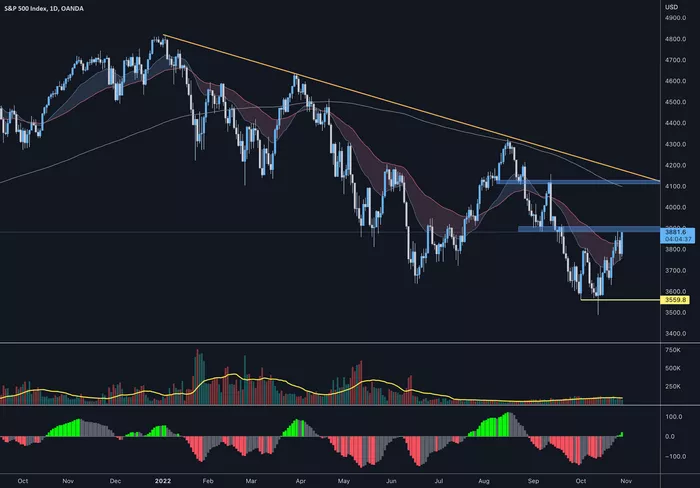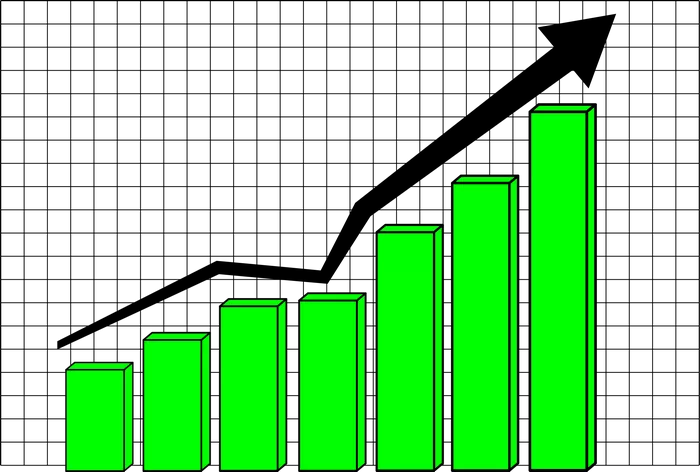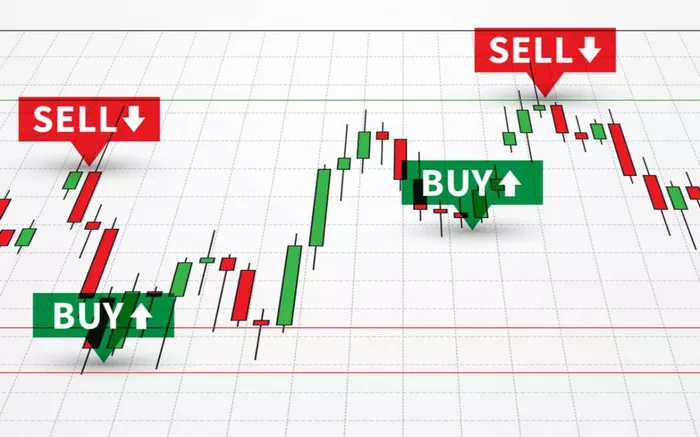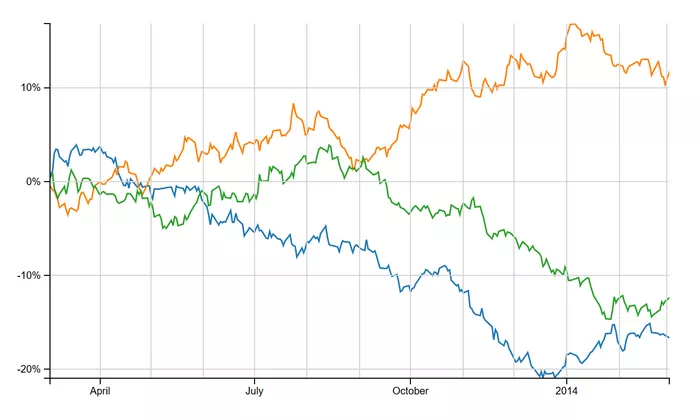The USD Index is a vital financial tool used to track the value of the United States Dollar (USD) against a basket of major foreign currencies. Its movements are an important indicator for investors, economists, and policymakers as it provides insights into the strength of the U.S. dollar on the global stage. The index plays a crucial role in foreign exchange (forex) markets, international trade, and global economic analysis.
Understanding the USD Index
The USD Index, also referred to as the DXY, measures the relative strength of the U.S. dollar against six major world currencies. These currencies are:
- Euro (EUR)
- Japanese Yen (JPY)
- British Pound (GBP)
- Canadian Dollar (CAD)
- Swedish Krona (SEK)
- Swiss Franc (CHF)
Together, these currencies represent the world’s most traded and economically significant currencies. The USD Index is calculated using a weighted geometric average of these currencies, with the Euro having the largest weight in the index, followed by the other currencies in decreasing order of significance.
How is the USD Index Calculated?
The USD Index is calculated by comparing the U.S. dollar’s value against the aforementioned currencies. The formula used to calculate the index is based on a basket of currencies, with each currency having a specific weight in the calculation. The weights are as follows:
Euro (EUR): 57.6%
Japanese Yen (JPY): 13.6%
British Pound (GBP): 11.9%
Canadian Dollar (CAD): 9.1%
Swedish Krona (SEK): 4.2%
Swiss Franc (CHF): 3.6%
The calculation involves multiplying the exchange rate of each currency against the U.S. dollar by the assigned weight and then combining the results to arrive at the index value.
Why is the USD Index Important?
The USD Index provides valuable information about the strength or weakness of the U.S. dollar in relation to other major currencies. Traders and investors closely monitor the USD Index for several reasons:
1. Global Currency Comparison
The USD Index offers a quick snapshot of the U.S. dollar’s performance relative to other major currencies. Since the U.S. dollar is used as the global reserve currency and is involved in nearly 90% of all forex transactions, fluctuations in the USD Index can have wide-reaching implications for global markets.
2. Indicator of Economic Health
A rising USD Index suggests that the U.S. dollar is strengthening, which may reflect a robust economy and investor confidence in the U.S. market. Conversely, a falling index could signal economic challenges or a loss of confidence in U.S. assets.
3. Impact on Trade and Inflation
As the U.S. dollar strengthens, it can make U.S. exports more expensive for foreign buyers, which can affect trade balances. Additionally, a strong dollar can help lower import prices, reducing inflationary pressures within the U.S. Conversely, a weaker dollar can make exports more competitive but may increase inflation due to higher import prices.
4. Monetary Policy and Interest Rates
The Federal Reserve (Fed), which governs U.S. monetary policy, monitors the USD Index to help guide decisions on interest rates and other economic measures. A strong dollar may prompt the Fed to raise interest rates to avoid inflation, while a weaker dollar could lead to rate cuts to stimulate economic activity.
5. Investment Strategy
For investors, the USD Index serves as a reference point when making decisions about currency trading, commodities, and other investments. The index’s movements can influence decisions about stock market investments, bond yields, and real estate.
How to Interpret the USD Index?
The USD Index is a value-based figure, with the base value set at 100. A reading above 100 indicates that the U.S. dollar is stronger than it was when the index was created in 1973. Conversely, a value below 100 indicates a weaker dollar.
Example:
A USD Index of 120: This suggests the U.S. dollar is 20% stronger than when the index was first created.
A USD Index of 80: This implies the dollar is 20% weaker than the base value.
The fluctuations in the USD Index are often influenced by a variety of factors, including economic reports, geopolitical events, changes in commodity prices, and shifts in global investor sentiment.
Key Factors that Affect the USD Index
Several economic and political factors can impact the value of the U.S. dollar and, by extension, the USD Index. Some of the most significant factors include:
1. Economic Data Releases
Reports on key economic indicators such as GDP growth, unemployment rates, inflation, and consumer confidence can have a substantial impact on the USD Index. Strong economic data often strengthens the dollar, while weak data may result in a weaker dollar.
2. Federal Reserve Policies
The Federal Reserve’s decisions on interest rates and monetary policy have a direct effect on the U.S. dollar. When the Fed raises interest rates, the dollar tends to strengthen because higher rates attract foreign investment. Conversely, interest rate cuts usually weaken the dollar.
3. Geopolitical Events
Political instability, wars, and other geopolitical events can lead to fluctuations in the USD Index. The U.S. dollar is often considered a safe-haven currency during times of global uncertainty, so geopolitical tensions can result in an increase in the dollar’s value.
4. Commodity Prices
The U.S. dollar is closely tied to commodity prices, particularly oil and gold. A rise in oil prices, for example, can result in a stronger dollar as the U.S. is a major oil producer. On the other hand, a drop in commodity prices can weaken the dollar.
5. Global Market Sentiment
Investor sentiment and risk appetite play a significant role in determining the value of the dollar. During times of economic uncertainty or market volatility, investors tend to flock to the U.S. dollar as a safe-haven asset, which can drive up the USD Index.
The USD Index and Forex Trading
In the world of forex trading, the USD Index is a key tool used by traders to predict the direction of the currency markets. Traders often use the USD Index as an indicator to determine whether the U.S. dollar is likely to appreciate or depreciate in the near future. This, in turn, influences their trading strategies in pairs such as EUR/USD, GBP/USD, or USD/JPY.
Technical Analysis
Forex traders employ technical analysis techniques to study the USD Index’s price movements and trends. By analyzing patterns such as moving averages, support and resistance levels, and Fibonacci retracements, traders can forecast potential price changes and develop trading strategies.
Correlation with Other Markets
The USD Index is also closely correlated with other financial markets. For example, when the U.S. dollar strengthens, commodity prices like gold and oil tend to fall, as these commodities are priced in dollars. Similarly, a stronger dollar may lead to a decline in stock prices as multinational companies face higher costs for foreign operations.
How to Use the USD Index in Investment Strategy?
The USD Index can serve as a vital tool for investors and portfolio managers looking to assess the market’s outlook for the U.S. dollar. Here are several ways investors can use the USD Index:
1. Hedging Against Currency Risk
Investors with significant exposure to foreign currencies can use the USD Index to hedge against currency risk. If they believe the dollar will strengthen, they might take positions in USD-denominated assets or derivatives that gain value as the dollar appreciates.
2. Evaluating Emerging Market Currencies
The USD Index is also useful for assessing the strength of emerging market currencies. When the dollar is strong, it can lead to depreciation in emerging market currencies, making U.S. assets more attractive.
3. Commodity Investment
Since many commodities are priced in U.S. dollars, the USD Index is essential for investors involved in commodities trading. A strong dollar often results in lower commodity prices, while a weak dollar can drive up prices.
Conclusion
The USD Index is a powerful and widely used financial tool that provides insight into the strength of the U.S. dollar against a basket of major currencies. It helps investors, traders, and policymakers understand the overall health of the U.S. economy, global market trends, and the impact of U.S. monetary policy. By monitoring the movements of the USD Index, market participants can make informed decisions in the forex market, commodity trading, and broader investment strategies.
Related topics:







